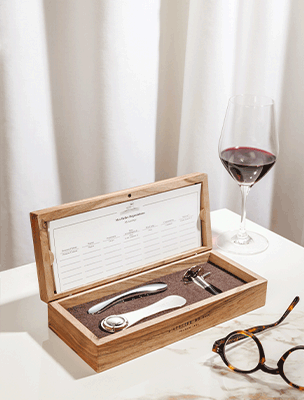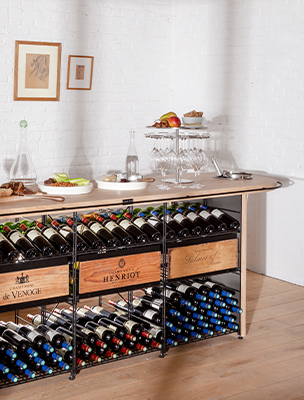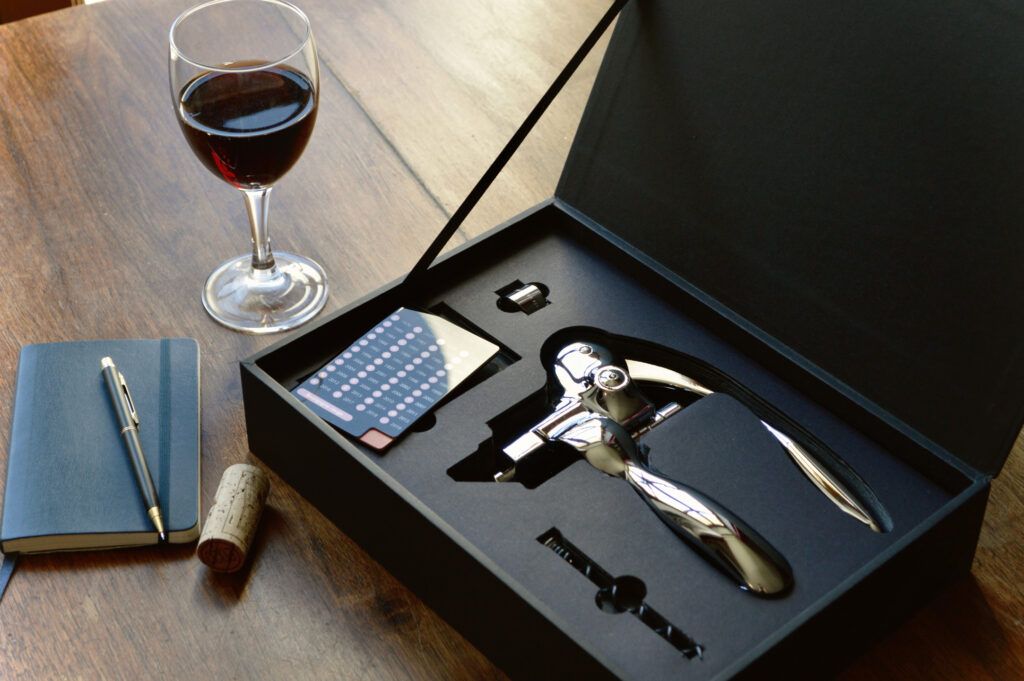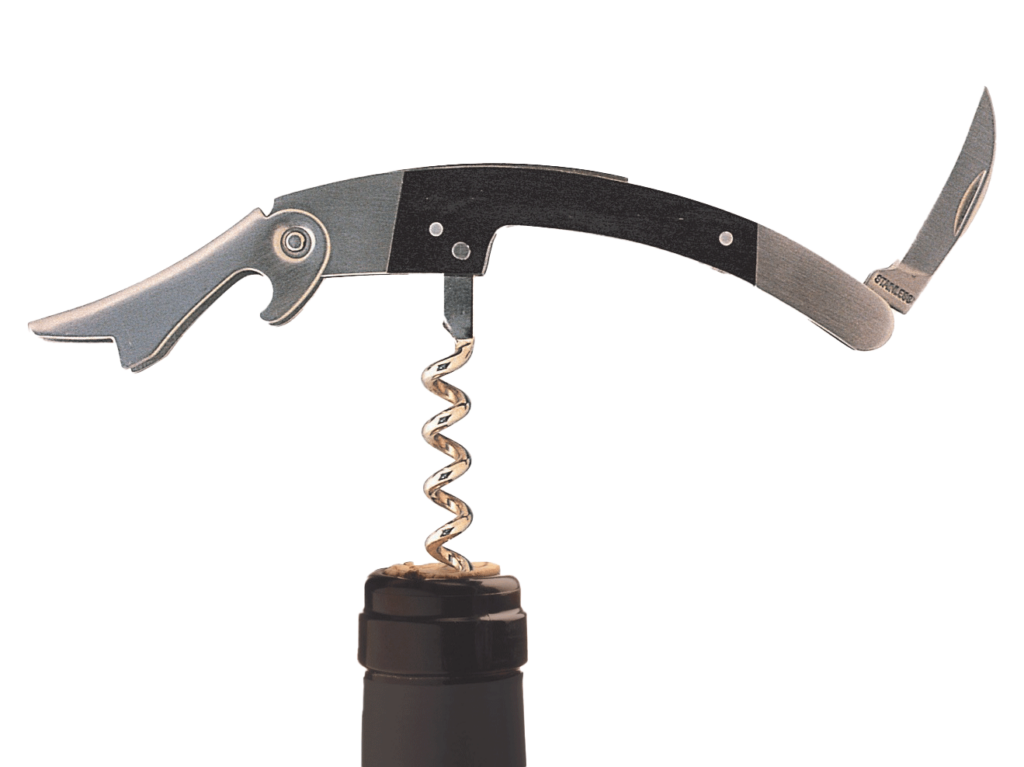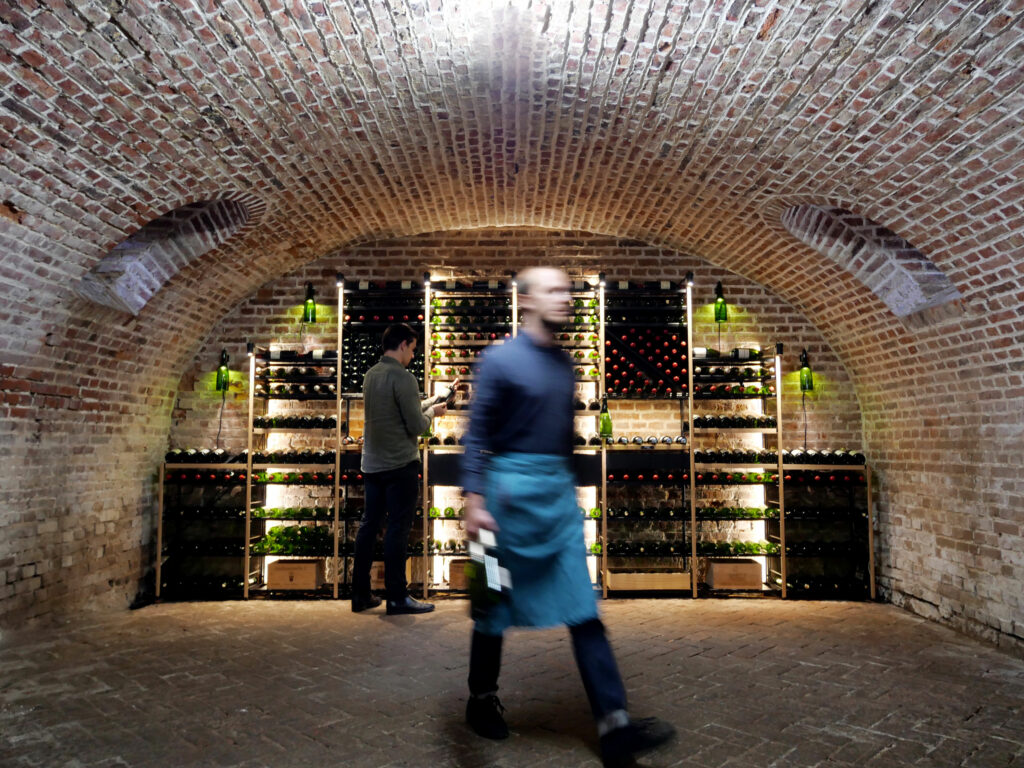
© Architecture Intérieure du Vin | Miléna Latil
Masters of ceremony. Passionate savants. Sommeliers play a key role in the world of wine. They are trained in the art of oenology and ensure the best possible wine tasting conditions by adding the finest grands crus to the wine list, and carefully preparing and serving them at the guest’s table.
How do sommeliers choose wine? What does their job entail in a gourmet restaurant or prestigious hotel? L’Atelier du Vin, a French manufacturer of sommelier tools and enological instruments since 1926, sheds light on this fascinating profession.
Sommelier: Sharing a Passion for Wine
In the world of hospitality, sommeliers stand out for their in-depth knowledge of wine and spirits, as well as tasting rituals.
In a gourmet restaurant or prestigious hotel, the sommelier is responsible for still and sparkling wines, as well as liqueurs, spirits, and cocktails. They call on enological science and their passion for wine to assist both the establishment and customers.
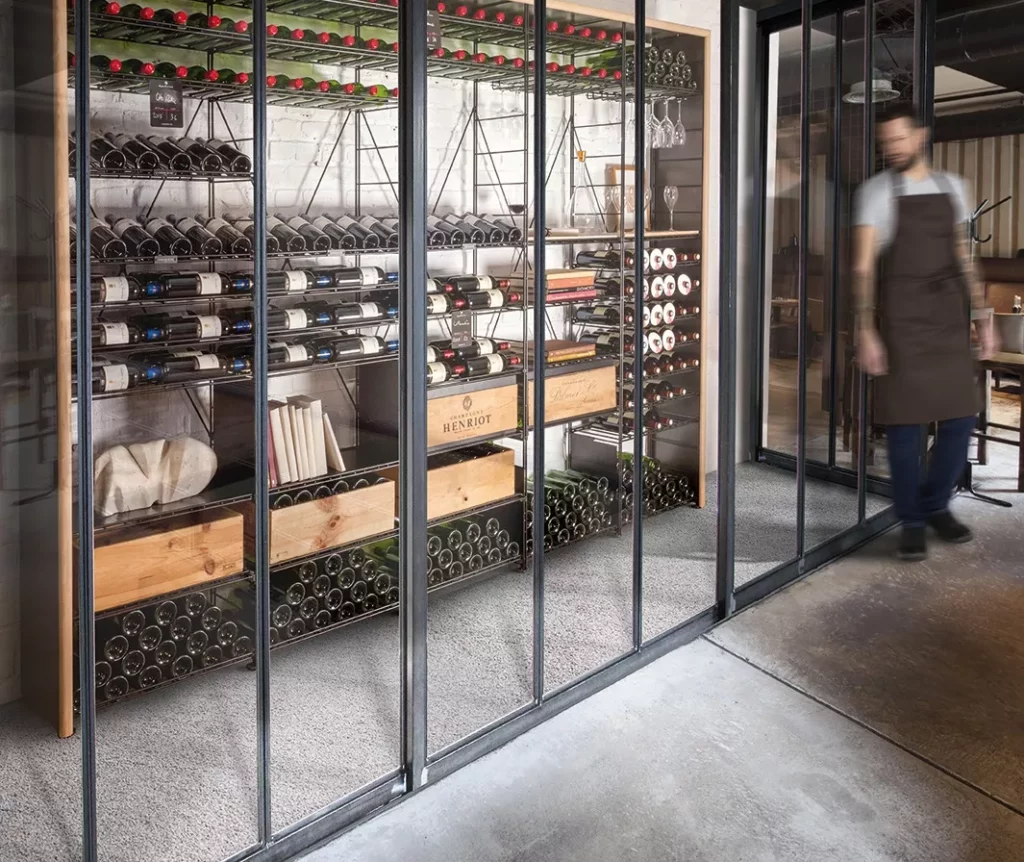
© Architecture Intérieure du Vin
More than Wine Selection
Sommeliers are in constant contact with winemakers, oenologists, wine merchants, the restaurant owner, kitchen and floor teams, as well as guests. The profession of sommelier is therefore as much about people as it is about wine.
A sommelier is involved in every stage of a wine’s life cycle, from bottling and storing it to preparing, serving, and tasting.
A sommelier’s skills and responsibilities go beyond simply selecting the wine. They are responsible for:
- creating the wine and cocktail list, and updating it regularly
- negotiating prices with producers, traders, and wine merchants
- managing the establishment’s wine cellar, from its layout to stock levels
- advising customers on which wine to choose
- serving wine at the table in the proper manner
The Art of Choosing Wine
Sommeliers excel in the art of choosing wine professionally. They are fine connoisseurs, trained in the science of enology, and take into account multiple criteria to refine their selection. How do sommeliers choose white, red, rosé, champagne, or sparkling wines?
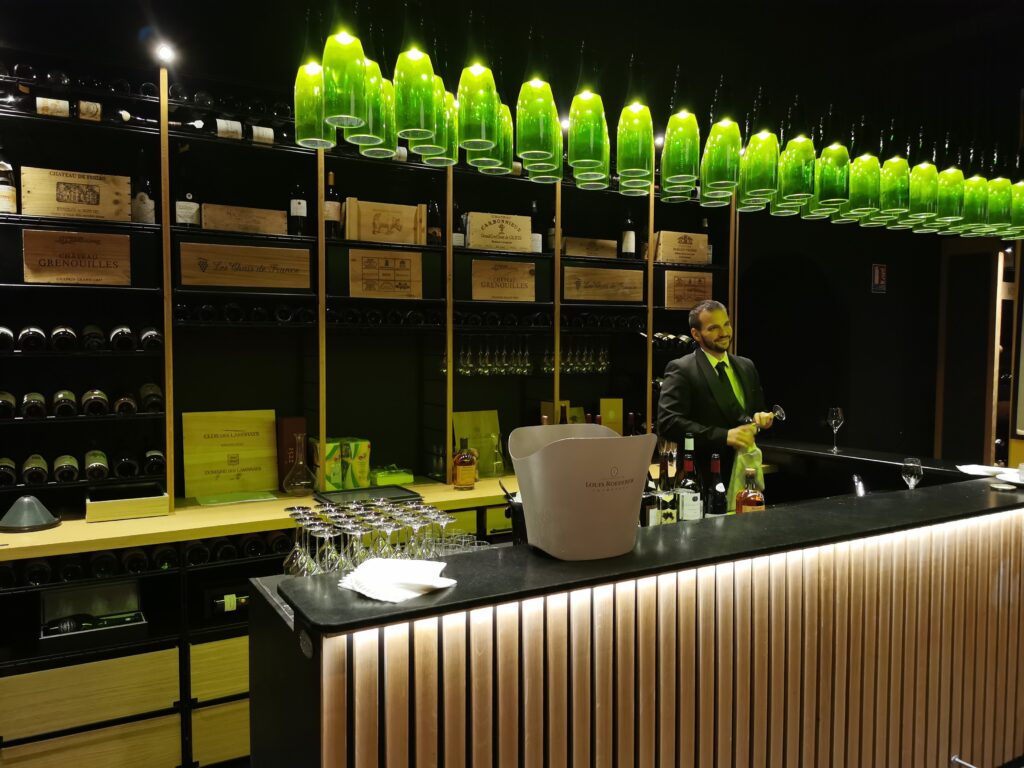
© Architecture Intérieure du Vin
A Gift for Pairing Food and Wine
A wine list should be perfectly suited to the restaurant’s cuisine, culinary style, and identity. The sommelier must therefore have mastered the art of pairing food and wine. A sommelier works hand in hand with the restaurant’s head chef to identify the best combinations in terms of taste and smell.
Each wine should enhance the flavors in a dish and vice-versa because certain aromas are only revealed when paired with the right food. The head sommelier must therefore have extensive knowledge of different grape varieties and winemaking methods, vintage years, and the optimum aging period for each type of wine.
A Good Knowledge of Winegrowing Regions, Grape Varieties, and Aromas
Sommeliers have a wealth of viticulture and wine knowledge, which they use to select and analyze wine. Wine is made up of multiple aromas and flavors. It can express all kinds of notes, including floral, vegetal, fruity, mineral, spicy, toasted, aromatic herbs, caramel, chocolate, amber, or leather. Sommeliers’ noses and palates are trained to perceive these notes, and thus create the best possible food and wine pairings.
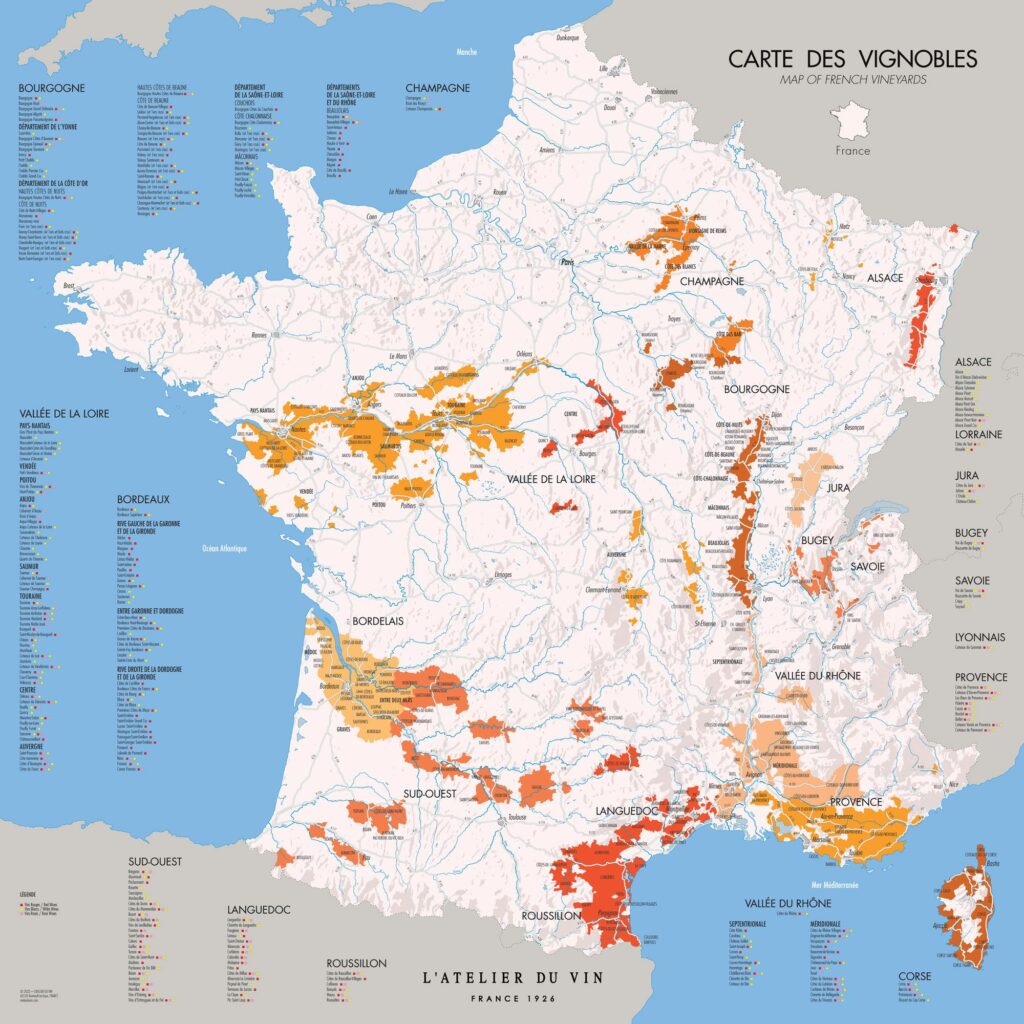
Burgundy, Champagne, Bordeaux, Alsace, Loire Valley, Côtes du Rhône, Languedoc, Jura… There are so many different types of wine to discover in France, as shown by our map of French vineyards.
Each region is characterized by specific climate conditions, soil type, traditions, grape varieties, and AOC, AOP, or IGP appellations. Pinot noir, Cabernet, Sauvignon, Syrah, Grenache, Merlot, Gamay, Chardonnay, Muscadet… These grape varieties hold no secrets for sommeliers, who know which blend is used for each terroir, vineyard, and vintage.
With this vast wealth of knowledge, sommeliers play a unique role in the restaurant industry. They choose wine based on science and expertise. Sommeliers can also promote wines from local vineyards, particularly if the chef is showcasing a region’s culinary heritage by revisiting traditional recipes and using fresh local produce.
Seeking and Acquiring the Best Vintages
Sommeliers are constantly in touch with winegrowers, winemakers, oenologists, regional wineries, and wine merchants to find new gems to add to their list. Maintaining this direct link with winegrowing terroirs is essential to unearth the best vintages from producers, directly from the source.
By forging close links with local winegrowers, sommeliers can enjoy early access to rare or little-known vintages and negotiate good batch prices to replenish their establishment’s stock. They can also set off to discover wines in other parts of France or the world.
Preserving and Preparing Wine
As the guardian of the oenological temps, sommeliers ensure that wine bottles are stored in the best conditions. Temperature, humidity, ventilation, brightness, stability… Wine is a living and sensitive creature. Every detail is important to preserve the wine’s aromas and flavors and prevent it from turning.
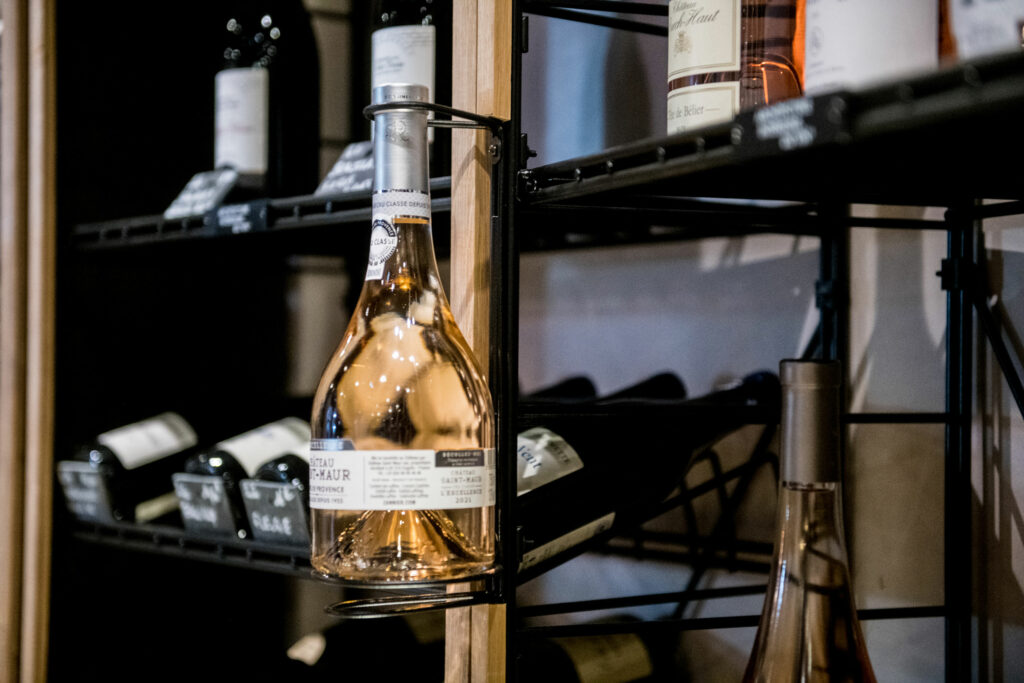
© Architecture Intérieure du Vin | Cédric Derbaise
Sommeliers ensure that the wine storage and preparation spaces, often in the restaurant or hotel basement, are properly laid out. They often work with the establishment manager to set up or optimize the wine cellar.
Sommeliers also manage the wine and spirits cellar by monitoring stock levels and regularly replenishing it. They are also responsible for preparing the wine and ensuring optimized service; the right temperature, aerated and decanted in a carafe, if necessary, etc. In some prestigious establishments, a commis wine waiter goes down to the cellar to fetch the bottles.
Serving Wine at the Table
Sommeliers are the masters of wine tasting. They take great care when serving the wine, whether a grand cru classé or a young promising batch, regardless of whether the tasters are connoisseurs or neophytes. They extract the cork, for example, with great precision and open Champagne bottles with style.
Using the right sommelier tools to serve, prepare, and preserve wine further enhances the tasting experience. Corkscrews, wine glasses and decanters, aerators and pourers, Champagne accessories, serving utensils, preservation accessories… Each sommelier has their own wine tools and professional high-quality oenological instruments.
Head sommeliers also ensure that the wine is served in the right order. The lightest and driest wines should be tasted before the stronger, sweeter wines. This is important to not saturate the taste buds so that the guest can fully enjoy the aromas of each wine and the flavors of each dish throughout the meal.
L’Atelier du Vin’s Sommelier Tools
L’Atelier du Vin has been manufacturing sommelier and wine tools since 1926. Our family-run business, based in the Champagne region, is committed to perpetuating a unique French know-how that will soon be a century old, while constantly innovating the design of our contemporary wine tools. Our oenology sets and tool kits are designed for professionals, wine lovers, connoisseurs, and collectors, for the pleasure of performing sommelier rituals.
Oeno Box Sommelier ®
Our Oeno Box Sommelier, for professional use, includes a sturdy chrome-plated metal lever corkscrew and a spare worm. It also comes with a Wine Ring ® to clip onto the neck of the bottle to absorb any drips, and a Millésimes de Poche ® vintage pocket guide with information about the vintage years in the Bordeaux, Burgundy, Rhone Valley, Loire, and Alsace vineyards, from 1977 to 2020. The box can be customized with the owner’s name.
Chef Sommelier Corkscrew ®
The robust and compact Chef Sommelier corkscrew ® is easy to grip, to effortlessly extract the cork. This must-have bottle opener for any situation comes with a foil cutter and bottle cap opener.
Copyrights.
Editorial, visual and graphic elements strictly linked to copyrights. For any request of partial or total use, contact us.


